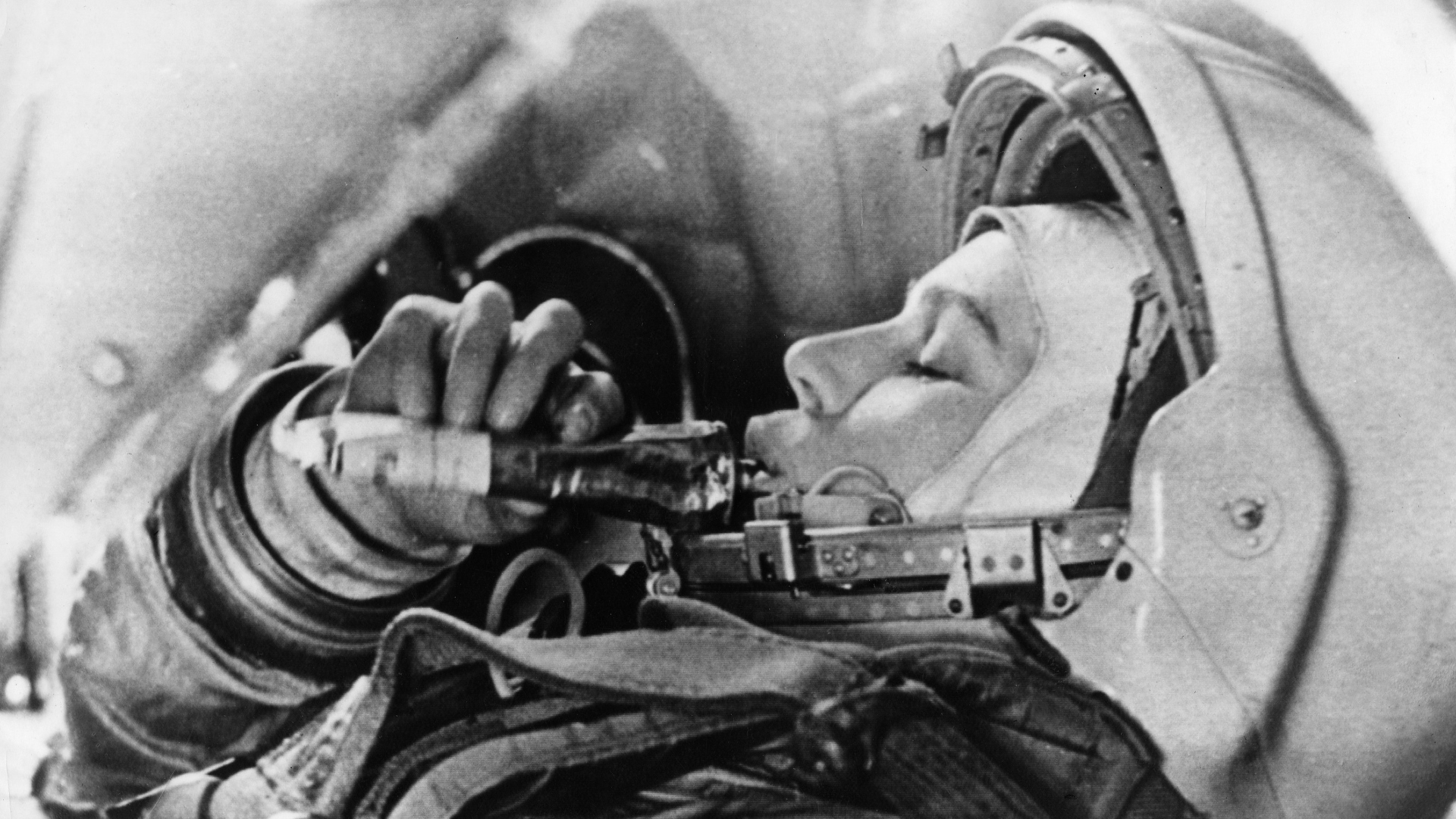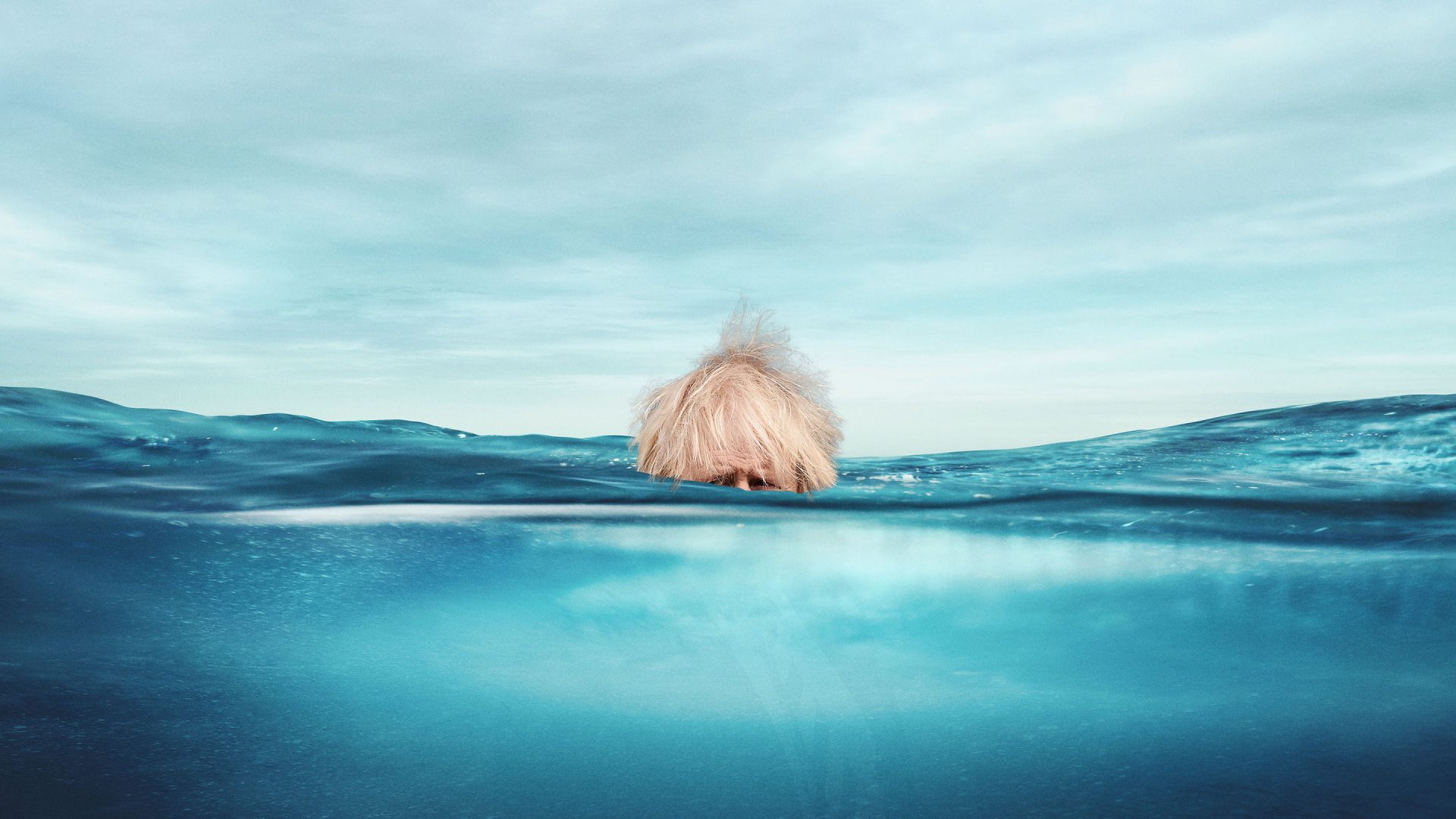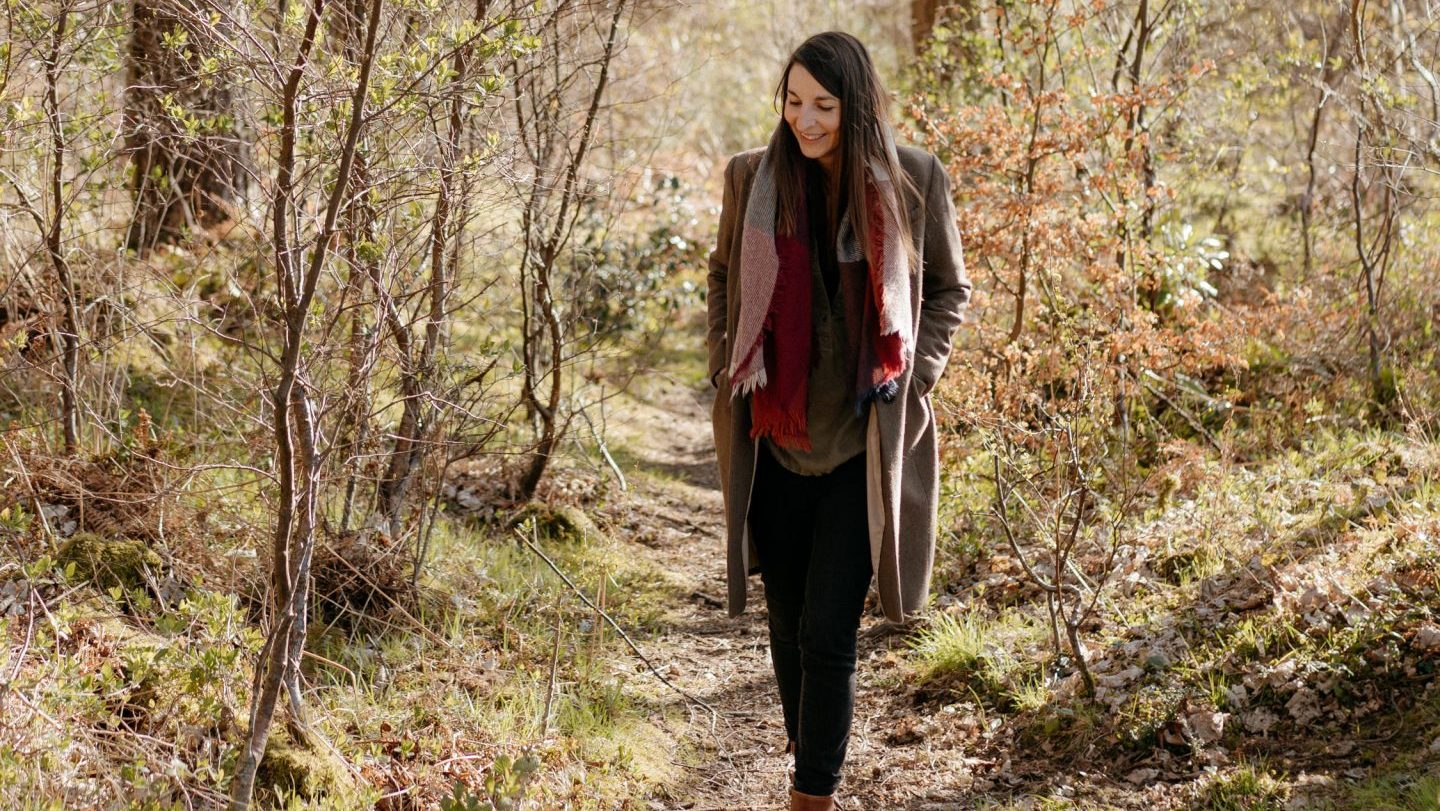Her call sign was “Chaika” or “Seagull”. For three days she orbited the Earth in Vostok 6, radioing mission control: “This is Seagull. Everything is fine. How beautiful the Earth is…”
Sixty years ago, 26-year-old Valentina Tereshkova became the first woman in space, still the only woman to fly there solo. It was quite the coup for the Soviet Union, only two years after they launched the first man – Yuri Gagarin – into orbit.
Tereshkova was hailed as a model for feminism, and her achievement hinted at a Soviet Union freeing itself from the shackles of Tsarist, Russian patriarchy, a society reborn along socialist, egalitarian lines.
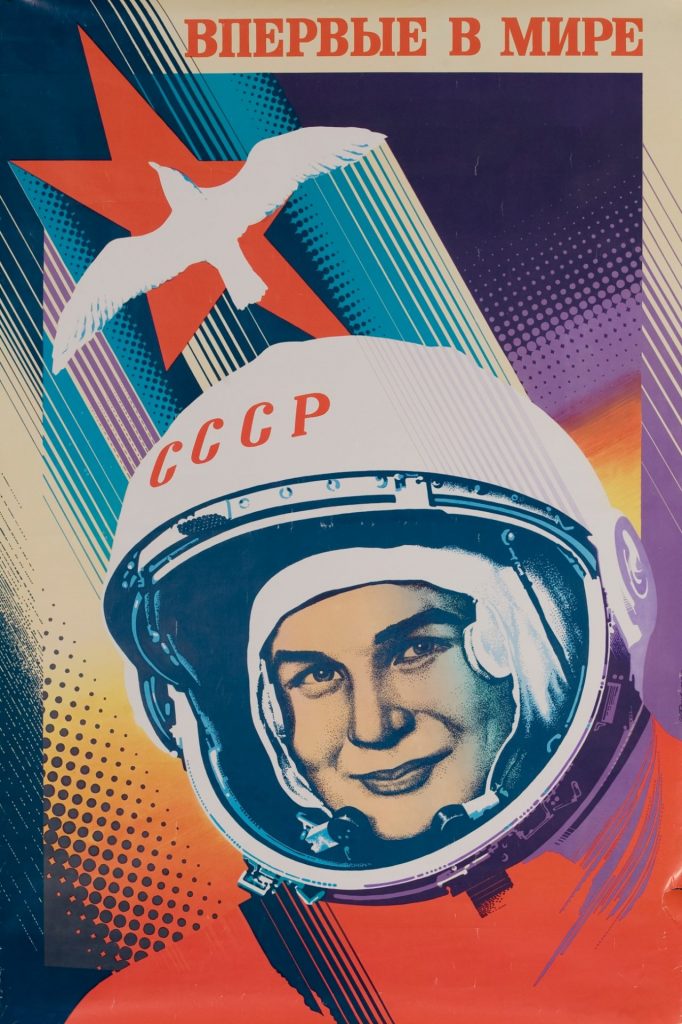
Except none of that was true. For want of a better term, it was a propaganda stunt. Tereshkova would have her moment in history but the female cosmonaut corps, of which she was a founding appointee, was disbanded before any other woman flew again. It would be 19 years before Svetlana Savitskaya followed in Tereshkova’s vapour trail, and only then because news had emerged that Sally Ride, America’s first female astronaut, was about to go into space.
The same motivation had set Tereshkova on her path to the stars. In 1961, Nikolai Kamanin, director of the Soviet Union’s cosmonaut training programme, received intelligence that the United States was planning to put a woman into orbit. His information was erroneous, seemingly based on the Mercury 13 group of American women who, backed by pioneering physician William Randolph Lovelace II, were undergoing private training for spaceflight.
However, that programme never had official status and none of the women would fly. “Soviet ideology meant Kamanin could not see the distinction between private enterprise and the government-backed Nasa space programme,” explains Cathleen Lewis, a curator specialising in the Soviet space programme at the National Air and Space Museum in Washington DC. “But this wasn’t the only reason behind Kamanin’s initiative.”
Other reports say he was keen for a Soviet woman to fly in space because journalists constantly asked him when it would happen. And others believe Soviet premier Nikita Khrushchev had been pushing for it. Whatever the motivation, Tereshkova was the beneficiary.
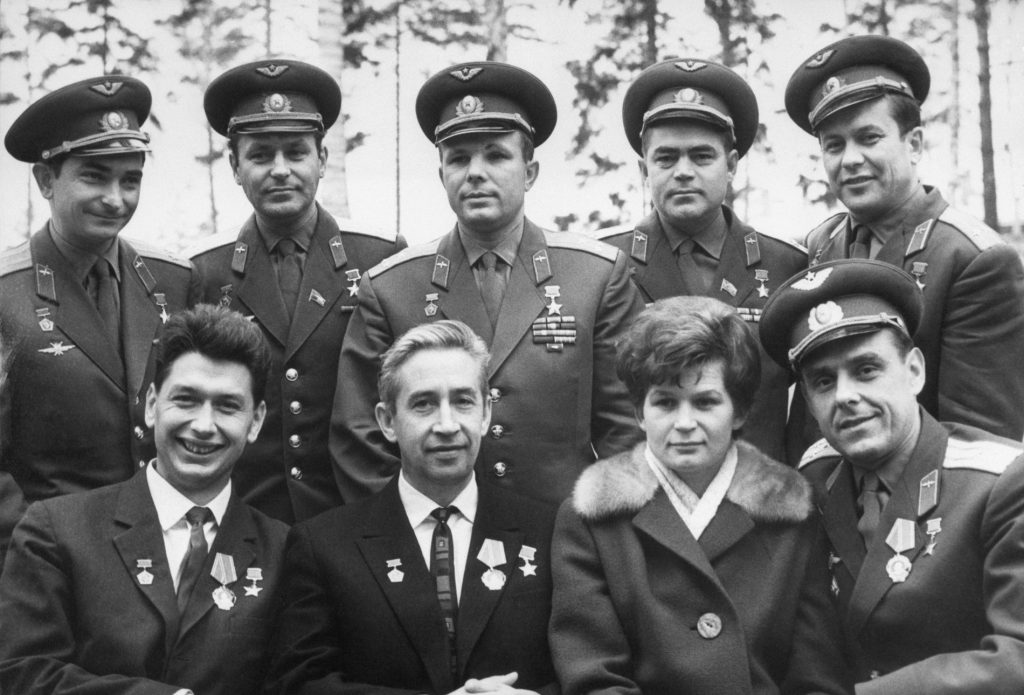
Kamanin was no feminist. He described his female charges as “Gagarins in skirts”, a phrase probably picked up from Khrushchev, but his allegiance to the programme trumped any early misgivings. He elicited the support of the programme’s lead engineer Sergei Korolev and received approval from the Central Committee of the Communist Party to recruit five women. The Kremlin knew a propaganda opportunity when it saw one.
“On one hand, Soviet women played a key role in the second world war,” explains Lewis. “On the other, the Soviet Union remained a patriarchal society where women were homekeepers. You can have equal rights but you still have to do traditional women’s work. A mass of contradictions.”
But Khrushchev also wanted to demonstrate the USSR was the master of rocketry. Putting a woman into space was part of that show of superiority.
Twenty-three candidates out of 800 applicants were invited to Star City, the cosmonaut training centre near Moscow. “Fitness was a major part of the training,” says Lewis. “A cosmonaut passing out or dying in space was Kamanin’s worst nightmare.”
The women were X-rayed, biopsied and blood-tested, their mental dexterity tested. They endured extreme temperature ranges, low-oxygen atmospheres and zero-gravity. And all were subjected to G-force testing in a centrifuge.
One candidate, Zhanna Yorkina, a schoolteacher and linguist, described the effort of staying conscious as “wanting to vomit so at least you had something else to think about”. Tereshkova later admitted she felt terrible too but was better at hiding her distress.
The 23 were whittled down to five: Valentina Ponomareva, a graduate of the Moscow Aviation Institute linked to Korolev’s design bureau; Tatyana Kuznetsova, a Moscow Institute of Radioelectronics stenographer; Irina Solovyova, an engineer and member of the national skydiving team; Yorkina and Tereshkova. All were told they would eventually fly in space.
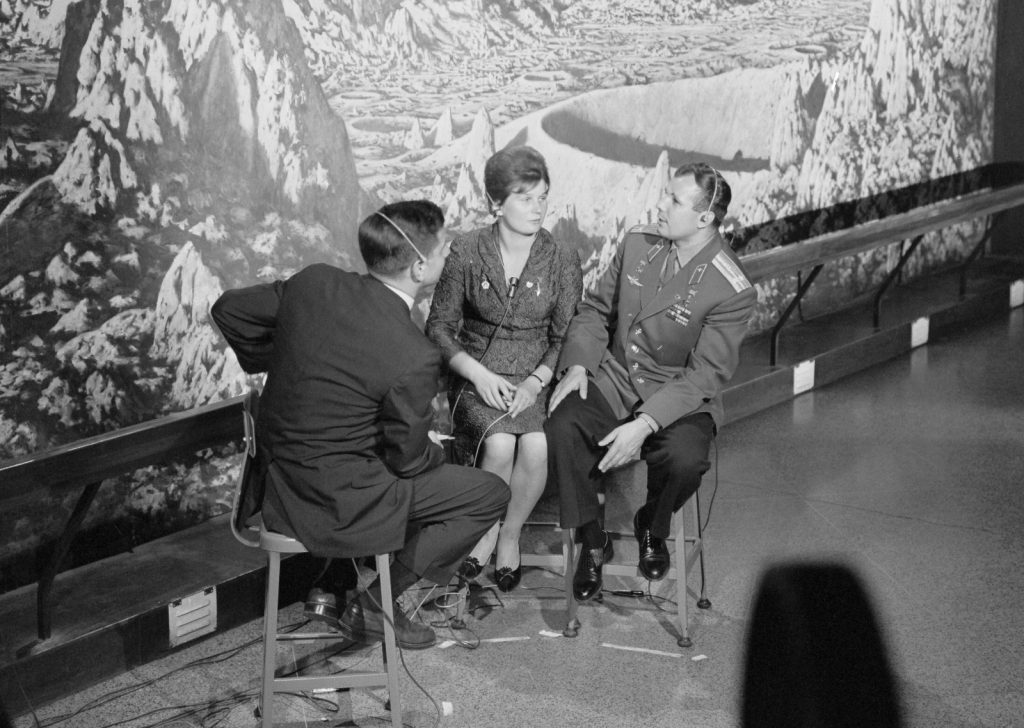
There are contradictory accounts of how they were received by male cosmonauts at Star City. Some say they were ridiculed for their “high-pitched” voices and “feminine lack of authority”. Others say the men were keen to pass on their experience. Toxic masculinity or camaraderie? Probably a mix of both.
“Some things were said,” recalls Ponomareva, “but in the end they understood the political imperative. I found them helpful. They even gave us tips for fooling the physicians to pass our physiological tests. But all of us wanted to be capable of withstanding the flight.”
Training became harder. “Weightlessness was simulated in a falling aircraft,” says Ponomareva. “We had to draw things, catch things, eat and speak in zero gravity. Difficult but fascinating.” As training progressed, Ponomareva and Tereshkova came to the fore. Ponomareva was variously described as “attractive” and “photogenic”. This appealed to the Soviet leadership in the way Gagarin’s good looks helped his selection.
But Ponomareva also had attitude. She argued with instructors and displayed “individualism”, anathema to Soviet ideology. She wanted more control over her predominantly automated spacecraft. This butted up against the communist ethos of collectivism. She was expected to trust the design.
She was, in many ways, the feminist Tereshkova would later be hailed as being. That was a red flag for the authorities. And, significantly, she was also the only mother in the group.
Tereshkova, however, had impeccable socialist credentials. Her family was working class. Her father died fighting the Nazis. She had joined the Communist Party in her youth. She could speak in Soviet political cliches. “An exemplar of what the state was trying to achieve,” says Lewis.
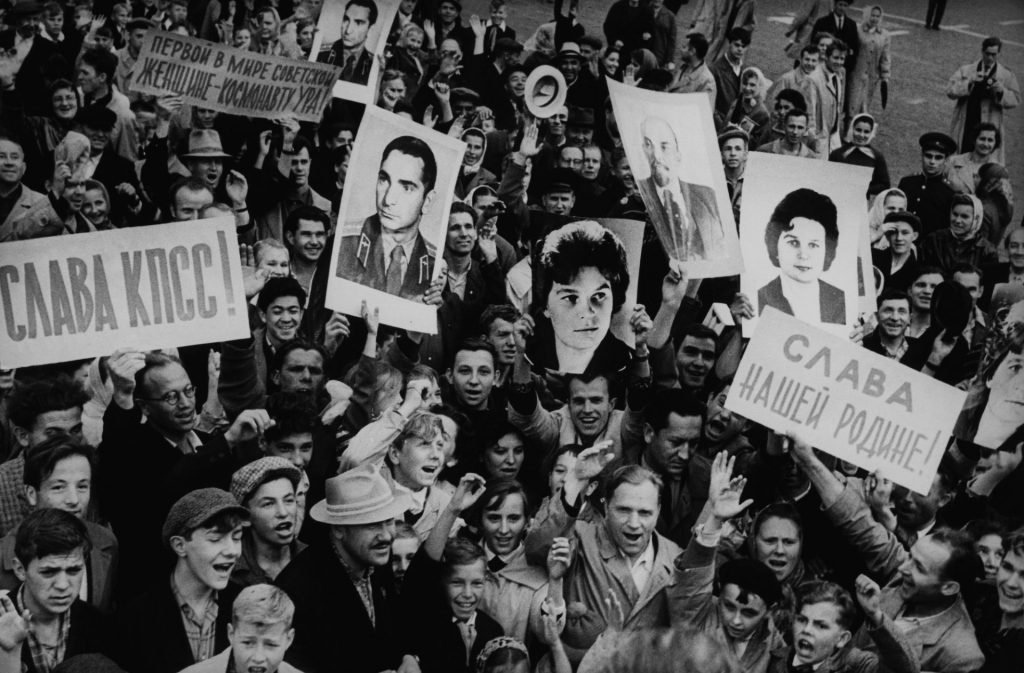
Photo: Keystone-France/Gamma-Keystone/Getty
Kamanin’s book The Hidden Cosmos quotes a diary entry from November 1962. “Ponomareva could have been the first,” he wrote, “but her behaviour offers basis for doubts about whether she is morally adequate. She was heard telling Tereshkova: ‘You have been irreversibly flawed by the Party.’ Everybody’s impression of Tereshkova is good; she sets an example.”
“Ponomareva was probably the better candidate,” says Lewis. “An aviation graduate and engineer. Older, confident, intelligent. She had more aptitude than most of the male cosmonauts. She hated being the ‘dummy’ in the spacecraft. She wanted to fly it herself.” But perhaps the overriding issue was that she was a mother. “Creating an orphan would have been a bad look,” adds Lewis. In hindsight, it seems Tereshkova was always going to get the nod.
Seagull launched on June 16 1963. And the Russian leadership took full advantage, hailing her mission a triumph for the egalitarianism of Soviet society. On her return, in front of huge crowds in Red Square, Tereshkova was made a Hero of the Soviet Union. She toured the world and was chosen to represent international organisations promoting women’s rights.
But stories, possibly apocryphal, possibly true, abounded about her flight. She had become unconscious. She had cried. She had vomited. She parachuted out when she hadn’t needed to.
“Accounts vary,” says Lewis. “But her transmissions were clear. Any talk of them being hysterical is wrong. She was a woman, she had a higher voice.”
It might have been intended to discredit Tereshkova and her female colleagues. Other stories said she fixed potentially terminal issues threatening her mission. It made no difference. Korolev announced that no more women would fly, reportedly and inexplicably describing the five as “bitches”.
Khrushchev had taken his photo opportunities and he too had moved on. “It was clear that women’s role in cosmonautics had no future,” says Ponomareva in her book The Female Face of the Cosmos. “There were no tasks for women. The main task – establishing Soviet priority – was fulfilled. The men would handle the rest.”
Kamanin, however, had had something of a Damascene conversion. He had grown attached to the group and now wanted them to continue. They had, after all, given him one of his greatest coups. He even spoke of two women flying together and performing the first female spacewalk.
“We actually started training,” says Ponomareva.
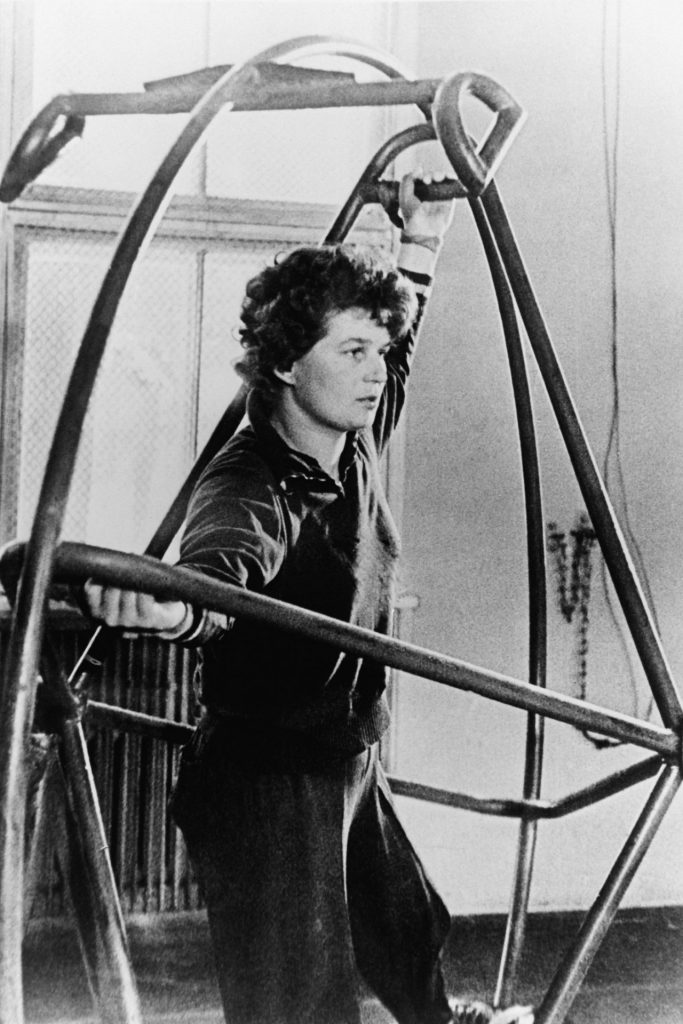
It didn’t happen but even so, the group wasn’t fully disbanded until 1969, kept possibly for propaganda purposes, possibly at Kamanin’s insistence (in the interim all were forbidden to become pregnant) or possibly simply because of “inertia” suggests Lewis. “Maybe they wanted to keep up the illusion.”
However, there was no real intention that any of them would get another chance. The commitment to equality espoused by Tereshkova’s flight was exposed as bogus; outwardly pluralistic, but internally misogynistic.
Nonetheless, Tereshkova remains a pioneer and feminist role model. Whatever the motivations for putting her in space, her accomplishment transcends gender politics. It was the most demanding of achievements in an era when spaceflight, never safe, was an extraordinary undertaking. And there were at least four other women in June 1963 perfectly capable of doing the same.
Tereshkova never flew again but became a cosmonaut instructor and earned a doctorate. She remained a member of the Communist Party until its dissolution in 1991, deeply regretting the passing of the Soviet Union. She rarely makes public appearances now, but when she does she cuts an austere figure, occasionally wearing military uniform. The Seagull’s patriotic nostalgia may have informed her politics too. In 2008 she joined the United Russia party, of which Vladimir Putin is de facto leader and was elected to the Duma. “She was a product of the Soviet state,” says Lewis. “Which is understandable. It worked in her favour.”
All five members of the “Gagarins in skirts” were rewarded by the state, including a salary thrice the national average. Some carved out careers in the space industry. But their goal had been to fly. “We knew one of us would be first,” said Zhanna Yorkina before her death in 2015. “We accepted that because we knew our time would come too. Except it never did.”


